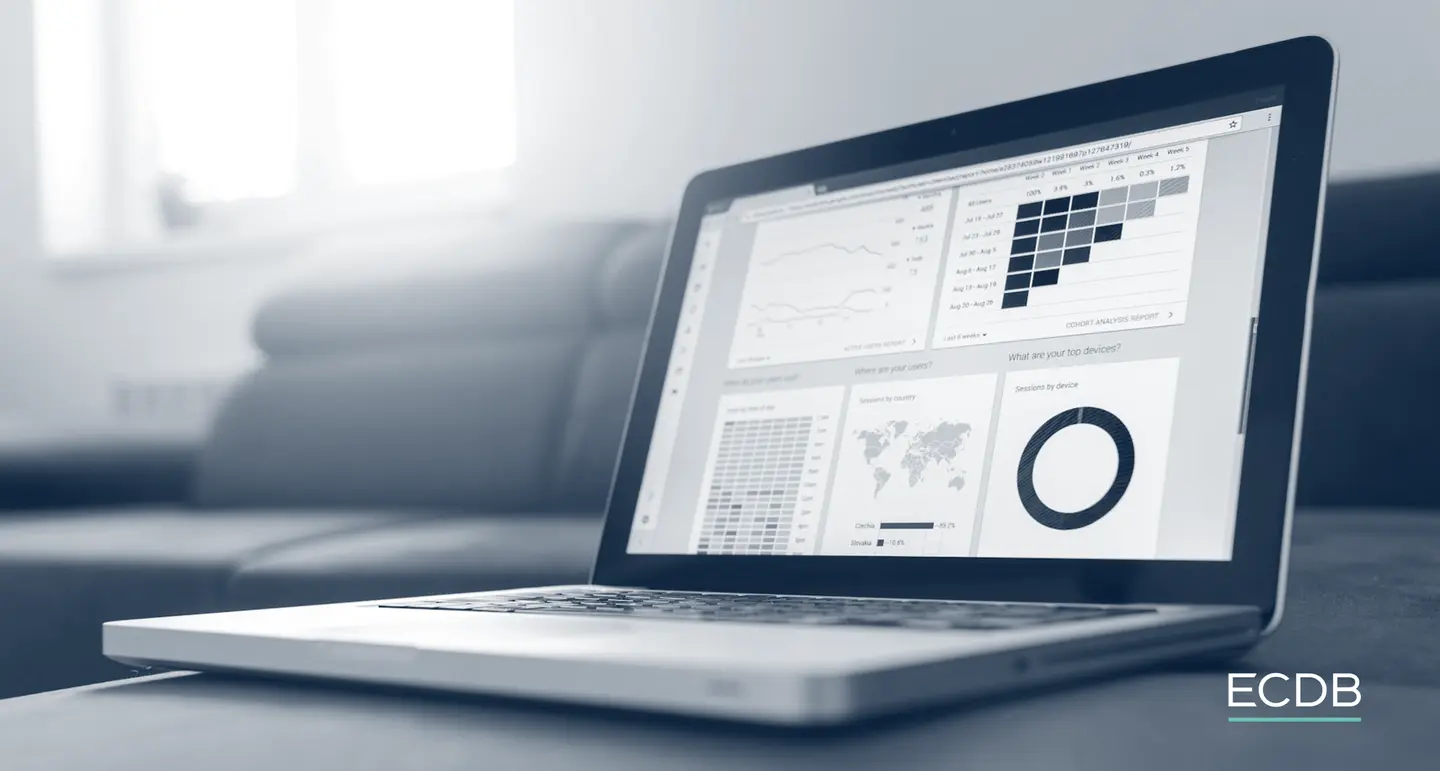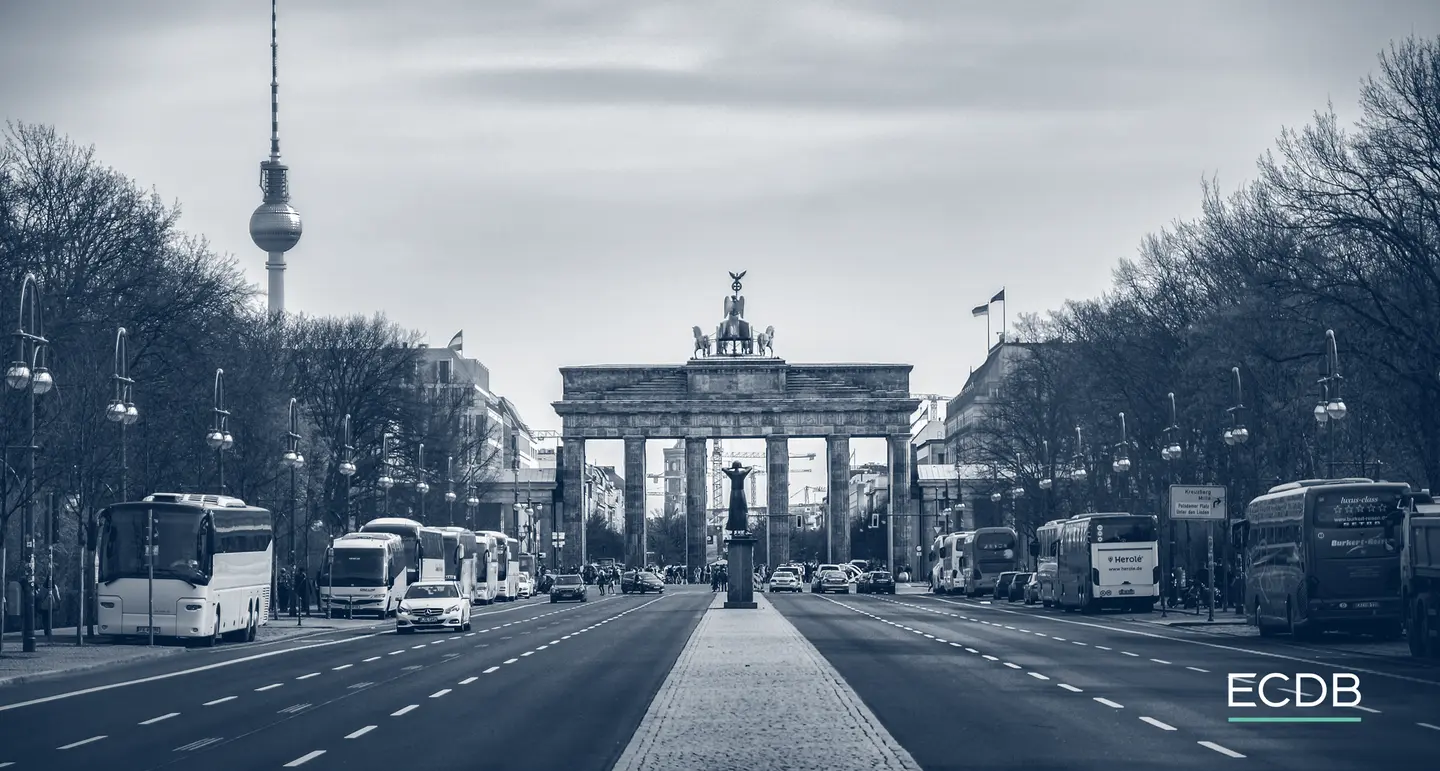Customer acquisition cost
Customer acquisition cost (CAC) is a critical business metric that quantifies the cost to an organization of acquiring new customers. It includes the total investment in sales and marketing efforts, as well as any related costs, such as property or equipment, that are needed to persuading a customer to make a purchase.





